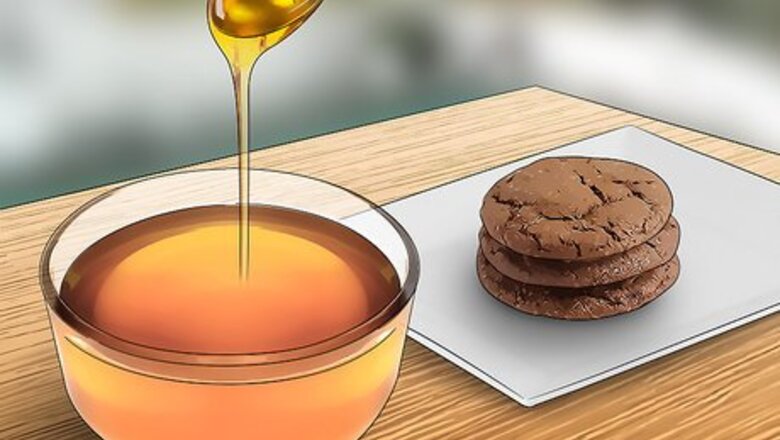
views
X
Research source
Note that you can even make your own molasses. Most importantly, distinguish between light and dark molasses - as well as molasses made from alternative ingredients - based on intended use, sweetness, and other flavor attributes.
Selecting a Subtly Flavored Molasses
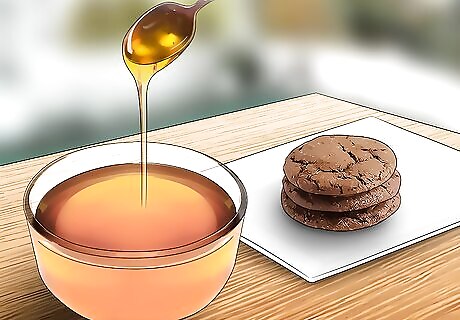
Use light molasses for most baking purposes. In part because of its high sweetness and mild flavor, light molasses is often the preferred option for baking needs. In particular, use molasses to make cookies softer and breads more crusty. Light molasses is also best when a marinade or sauce recipe calls for molasses. In general, think of light molasses as a sweetening ingredient.
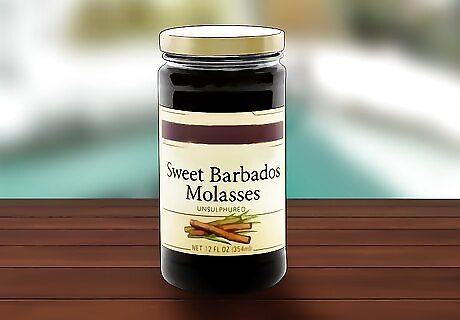
Go with light molasses for the mildest flavor. Especially mild molasses, often packaged as “cane syrup” is derived from the first boil of the sugar refining process. This initial boil produces molasses that is both the lightest in color, as well as the sweetest. As such, this is the molasses to use when using molasses as a sugar substitute or sweetener. Other names for light molasses include “Barbados”, “first”, “mild”, or “sweet” molasses.
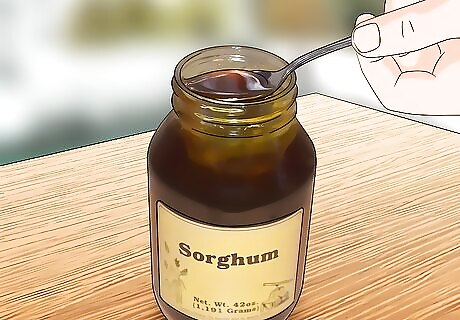
Add sweetness and reduce sugar with sorghum. Sorghum is a plant similar to sugarcane, from which a syrup similar to molasses is made. This syrup is thick and amber in color. It can be used instead of molasses as an even more mildly flavored sweetener. Use the same amount of sorghum syrup to sub for molasses, but reduce the amount of sugar the recipe calls for, as sorghum is sweeter than molasses. Sorghum syrup is also rich in potassium, protein, calcium, magnesium, and phosphorus.
Choosing a More Flavorful Molasses

Go with dark molasses for gingerbread cookies. Dark molasses will sometimes be labeled as “cane” or “second” molasses. These will have distinct, slightly bitter flavor. They will also be thicker, darker, and less sweet than light molasses. The classic example of the flavor associated with dark molasses is that of a gingerbread cookie, which include lots of dark molasses.
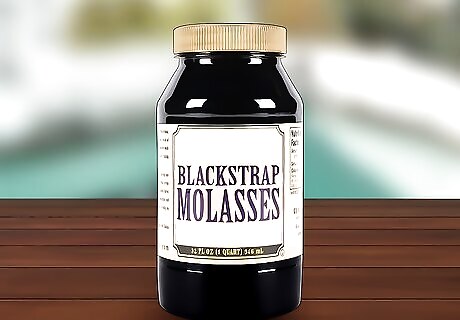
Try blackstrap molasses for the most robust flavor. Blackstrap molasses is yielded by the third boil during of sugarcane. Molasses from later boils is much more flavorful, especially in terms of bitterness, than that derived from earlier boils. It is often much thicker and darker in color.

Use blackstrap only when specifically called for. Though blackstrap molasses retains beneficial vitamins and minerals and is considered to be the healthiest molasses option, it should not be used in all recipes. Its bitter flavor is surprisingly pronounced. Examples of recipes that may call for it include savory baked beans and pulled pork.
Considering Other Factors and Options
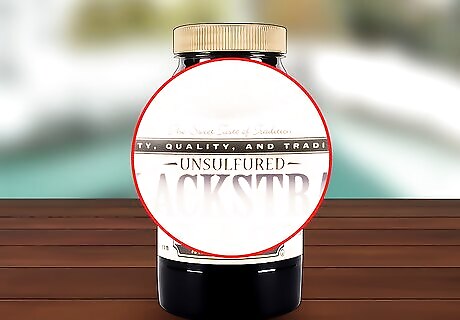
Opt for an unsulfured option. Most molasses that is sold commercially is made from sugarcane that was never treated with sulfur dioxide. This chemical improves the yield of sugarcane crops, but leads to slight chemical taste in the molasses derived from treated plants.
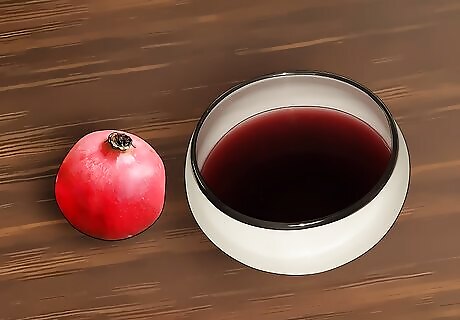
Experiment with pomegranate molasses. Reducing pomegranate juice yields a thick, strongly flavored syrup that can be used similarly to molasses. This “pomegranate molasses,” however, is much less sweet. You’ll get a bit more depth, and even a bit of muskiness by using pomegranate molasses instead of molasses derived from sugarcane or sugar beets. The flavor of pomegranate molasses is somewhere between dry red wine and concentrated meat drippings. Substitute pomegranate molasses in salad dressings and glazes, and in cocktails.
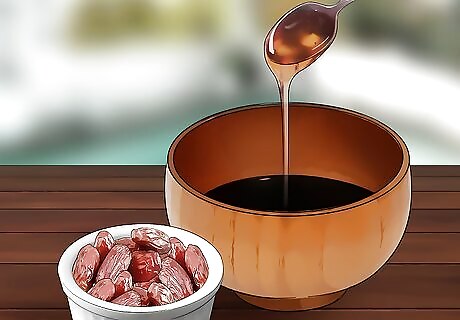
Try date syrup instead of molasses. Dates have been used to sweeten food for thousands of years. Date syrup is another fine alternative to molasses, and even looks and pours similarly. Note that it has a notably fruity flavor, and is sweeter than molasses. Use it in dressings, marinades, desserts, and homemade bread. Note that including date syrup in baking recipes usually requires other alterations to the recipe as well, such as a reduction in sugar.
















Comments
0 comment